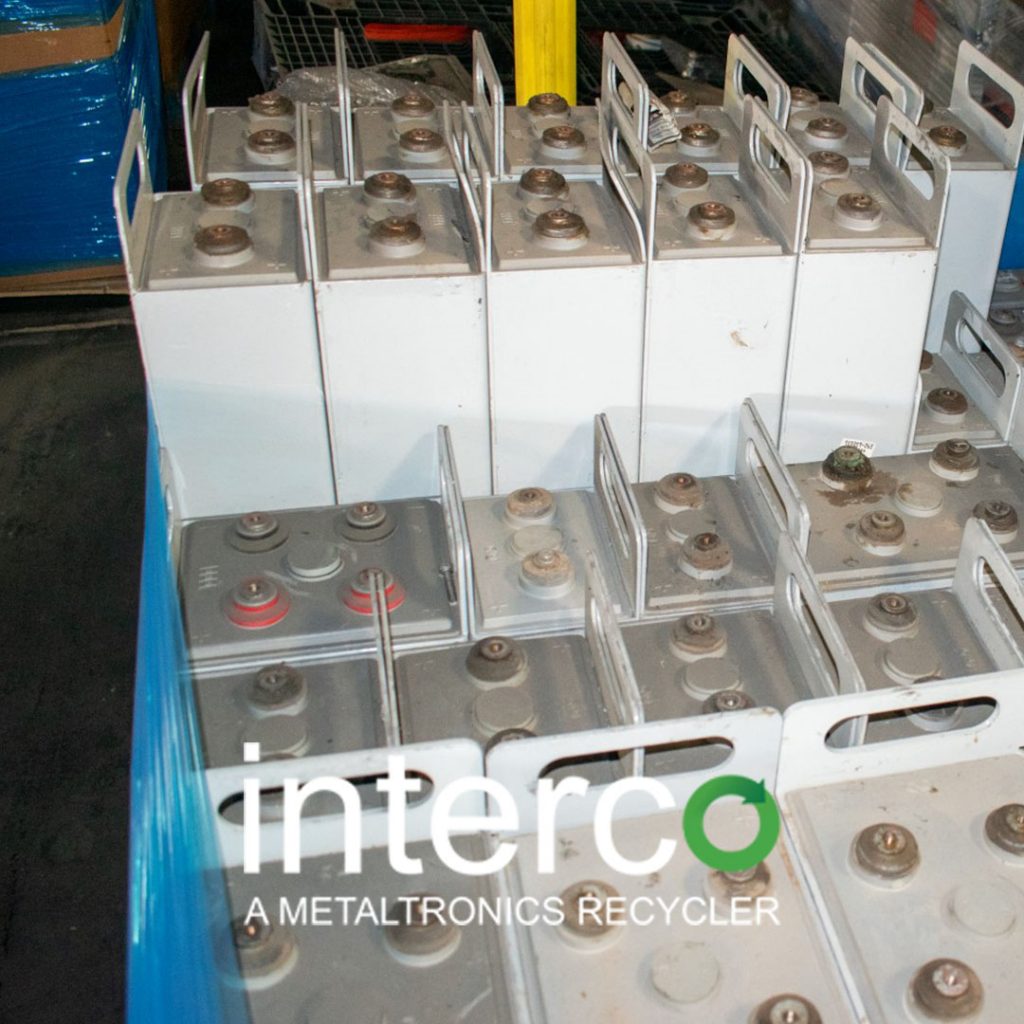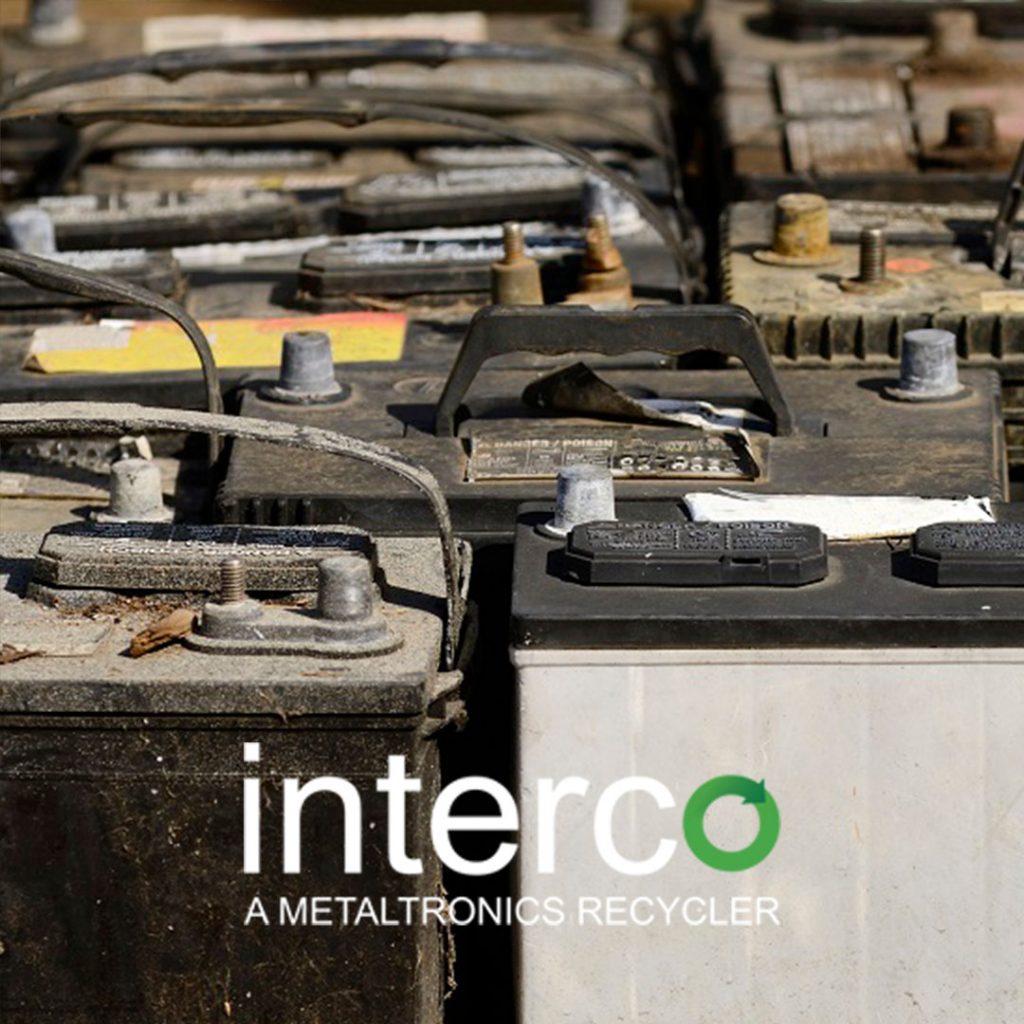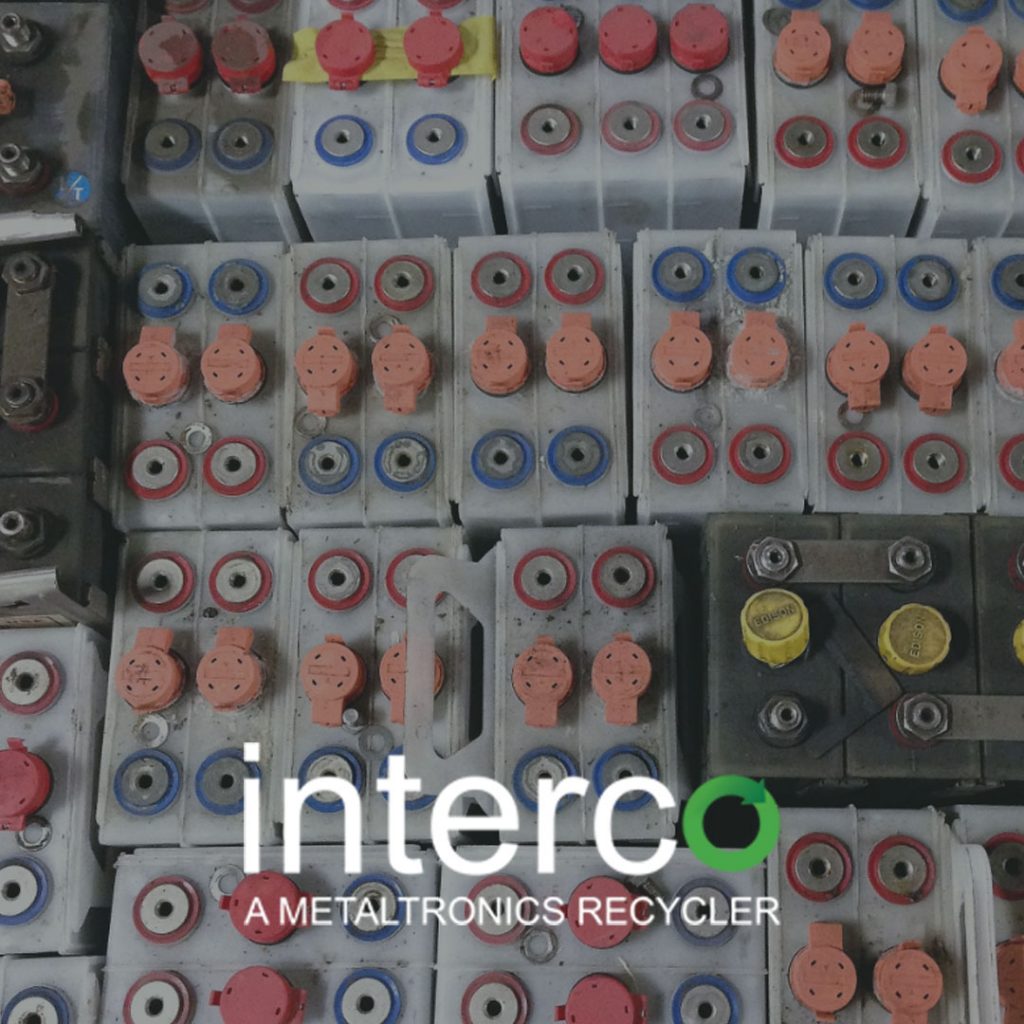Where to Find the Best Prices for Scrap Lead-Acid Batteries

Where to Find the Best Prices for Scrap Lead-Acid Batteries
Many consumers and companies are unaware of the potential recycling value of lead-acid batteries. Therefore, it is beneficial to understand scrap metal prices. Scrappers and recyclers often look for the best prices scrap lead-acid batteries recycling centers offer.
Three of the most typical factors that influence the price change of metals include the supply and demand; energy cost and production; and the price of virgin metals.
Auto batteries, and any other type of large lead-acid battery, cannot go in household trash or recycling. In addition, lead-acid batteries are banned from landfills and incinerators in every state because of their toxicity levels.
Eventually, these batteries reach end-of-life status or become obsolete. Therefore, those who have collected a pile of scrap lead-acid batteries can look forward to finding the best prices for scrap lead-acid batteries.
Interco has a global network that offers the ability to provide the most competitive prices in North America.

How Recyclable are Lead-Acid Batteries
Recycling used lead-acid batteries is significant because of the nature of their composition and use. Moreover, manufacturers and consumers alike use lead-acid batteries as backup power supplies or to power things like the following: automobiles, electric scooters, and electric wheelchairs.
Interco recycles lead-acid batteries primarily for their lead content.
Depending on the content – whether it’s metallic, plastic, or chemical – recycling at different stages of the production cycle often determines whether recycling is feasible or not.
According to the U.S. Environmental Protection Agency, specialized lead-acid battery recyclers crush old batteries into nickel-sized pieces and separate the different components.
The plastic in lead-acid batteries is mostly polypropylene, which has a high heat tolerance. Furthermore, it can be recycled. Furthermore, the lead in the batteries is sold to companies that make new batteries. In fact, the EPA estimates that up to 80% of the plastic and lead in any new battery you purchase is recycled.
Lead-Acid Battery Recycling Process
Lead-acid batteries are the main source of lead scrap for recycling, accounting for nearly 90% of the total lead scrap available for recycling.
There are two types of lead-acid batteries: starting batteries and deep-cycle batteries.
- A starting battery quickly delivers a large burst of power to help an engine start.
- A deep-cycle battery delivers a continuous low level of power to help an engine keep operating.
In fact, used automobile batteries account for almost 85% of the total lead-acid battery scrap.

The Battery Recycling Process
The process of recycling used lead-acid auto batteries should be done carefully and with all consciousness, preferably in a controlled environment far from residential areas. The process to recycle lead-acid batteries starts as follows:
- First, recycling companies collect expired or used lead-acid auto batteries for battery depositories.
- The recycling company then neutralizes the acids. They introduce a base that subdues the corrosive properties (toxicity) of the acid so it can be safely disposed of.
- Next, a hammer mill shatters the battery or breaks it apart. Recyclers call this process hammering.
- Then, place broken pieces in a vat, so that the lead plates and heavy materials sink to the bottom while the plastic floats.
- They transport the polypropylene plastics into a plastic recycler to melt and refine them.
- Then, the process goes to clean the lead plates and heat them in furnaces, so they melt. After this, cast the molten lead into an ingot mold. After a few moments, the impurities float to the top of the cast, and they scrape them away.
- Finally, they re-melt the pure ingot casts and use them in new batteries.
The remarkable Interco facility is comprised of five buildings — approximately 400,000 square feet total — on more than 35 acres. Additionally, the company facility has more than 20 inbound and outbound docks for receiving and shipping nonferrous scrap material as well as a railroad rail spur to load rail cars.
Interco Offers the Best Prices for Scrap Lead-Acid Batteries
It is profitable to recycle lead-acid batteries. Also, it enables recyclers to recover valuable metals and reduces the harmful effects on the environment that improper disposal causes. In fact, Interco has grown from an electronic scrap recycling company to a comprehensive processor and recycler handling nonferrous, industrially generated metal-bearing complex residues, most battery chemistries, and catalysts. Thus, the team at Interco continues to lead the way in terms of best prices scrap lead-acid batteries. Finally, to learn more about how to recycle lead-acid batteries, click here.